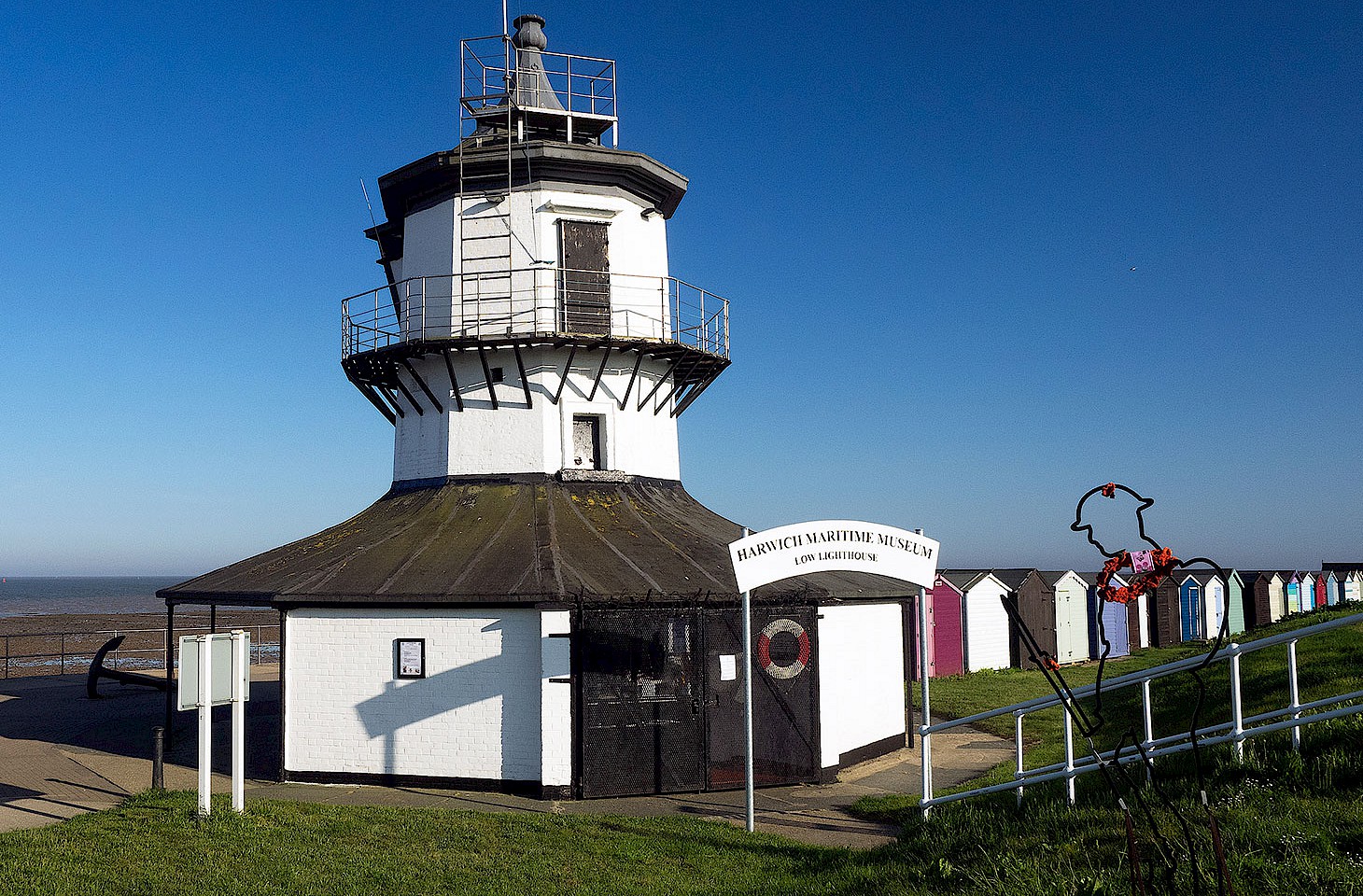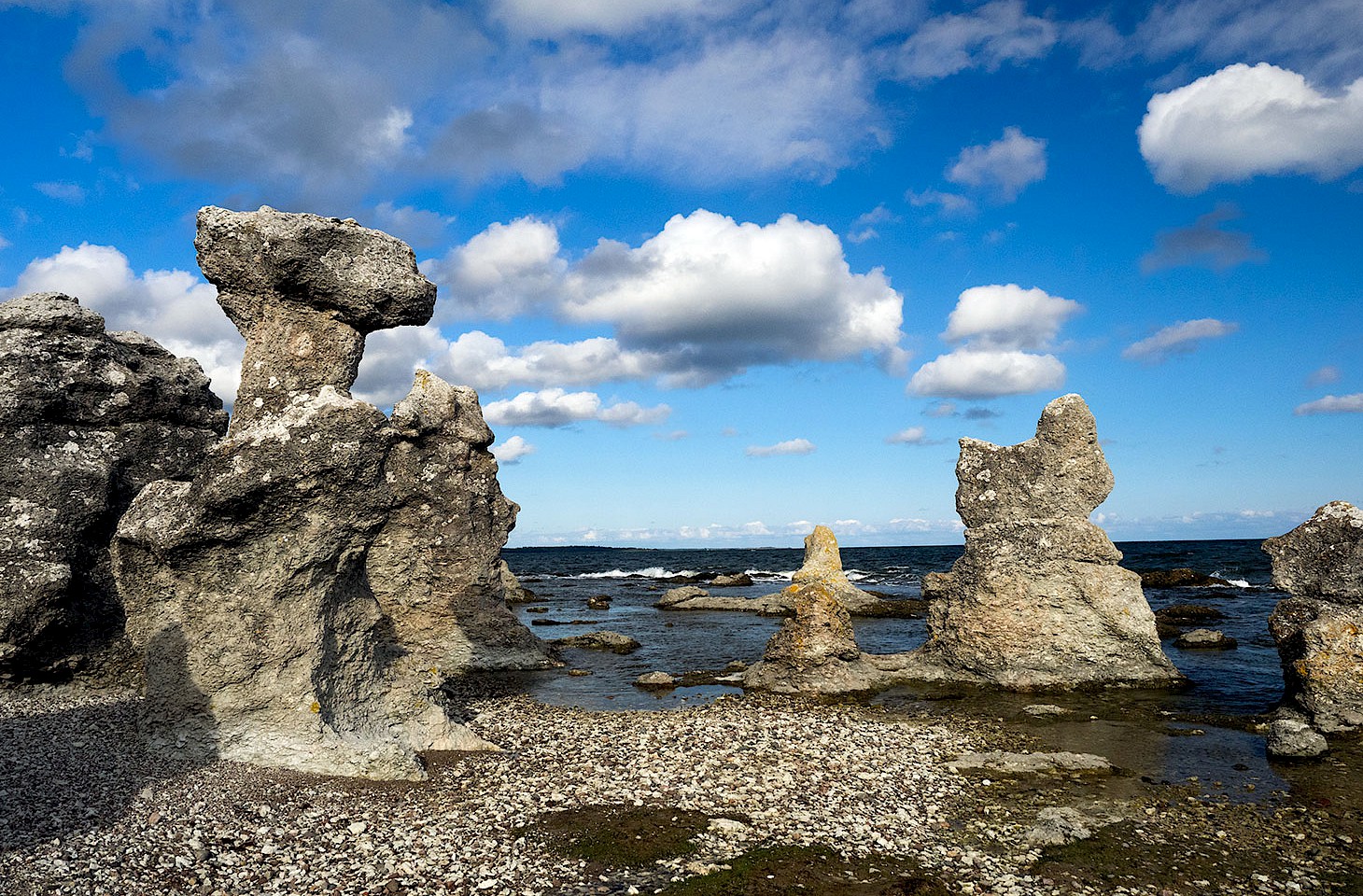Lavaux is a place for grand views. From the narrow corniche road which drops gently down from Chexbres towards Epesses, there is a gorgeous panoramic view over to Cully on the shore of Lake Geneva below. A paddle steamer is pulling onto the jetty at Cully, almost certainly picking up passengers heading east along the Montreux Riviera to the island castle at Chillon, made famous two hundred years ago by Byron.
Closer to hand, just down from the corniche road, are the steep terraces where Chasselas grapes are cultivated for the most distinguished wines of the Lavaux region. The grand cru of Dézaley covers just 55 hectares, while the region’s second grand cru at Calamin, immediately below the village of Epesses, covers a mere 15 hectares.
Move up to the higher villages in the Lavaux winegrowing region and, with the blessing of clear weather, the view is even more impressive. From Grandvaux, for example, the vista extends across Lavaux and beyond. The French Alps stand serene across the lake: gaunt, bare peaks in the heat of noon which shade to warmer colours in the soft light of evening. Nature and imagination blur on the far horizon.
Six village appellations plus the two grands crus of Dézaley and Calamin together amount to just 830 hectares under vines, making Lavaux one of Europe’s most compact wine regions. The grapegrowing area at Châteauneuf-du-Pape, itself one of the smallest French appellations, is four times larger than Lavaux. Chablis, a mere sub-region of Burgundy, alone has 7,000 hectares of vineyards. Lavaux is a tiddler in the world of wine, producing very distinctive niche wines which, though never cheap, are much appreciated by those discerning drinkers who are lucky enough to secure a supply.
“Here it’s not a matter of quantity,” says Carol Mancini-Nuber, as she escorts us along the neat path which cuts through the vineyards through Dézaley. Carol pauses to tuck a vine stem back between the double wires which give structure and stability to the vines. “They have a tendency to escape,” explains Carol, referring to the mischievous stem.
“Lavaux is all about quality and tradition,” notes Carol. “And terroir,” she adds, referring to the particular combination of soil, location and geography which gives Lavaux wines their special texture. “This is the land of the three suns,” says Carol. “There is the generous warmth of the sun from above. Then there is reflected sunlight mirrored back to the vineyards from the tranquil waters of Lake Geneva.”
“And the third?” we ask.
“Well, that,” says Carol, “is the heat which each day is stored in the old stone walls of the Lavaux terraces. That heat is released in the cool of the night and creates a special microclimate around the vines.” She pauses and gently coaxes another wandering stem of Chasselas back between the twin restraining wires which are the hallmark of the double Guyot system of vine management. “It’s all manual labour on these steep slopes,” says Carol. “And it’s hard work.”




